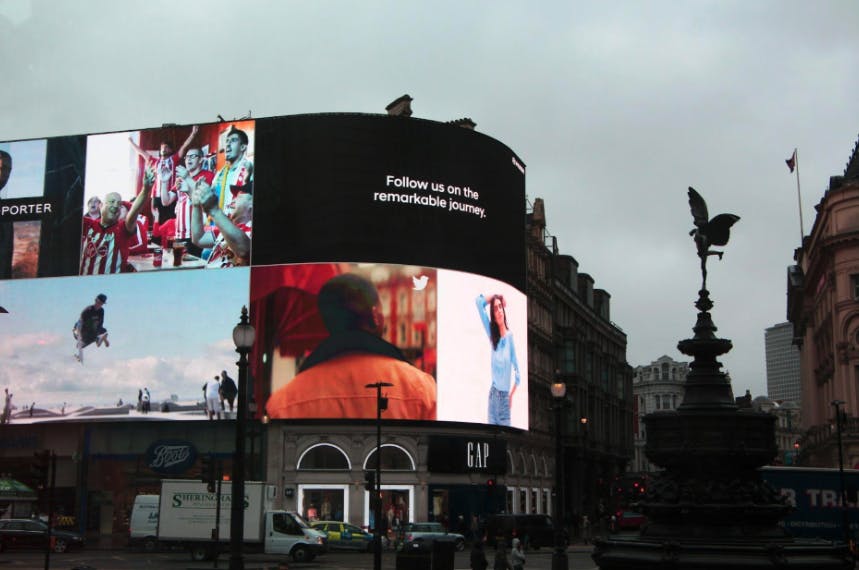
"Biofeedback now fuels neuromarketing, an emerging field blending neuroscience, psychology, and data science. By measuring physical responses like heart rate, sweat, and eye movement, advertisers gain insight into what captures attention."
"These cues reveal which visuals, sounds, and stories engage or repel viewers. The data shapes decisions on ad length, color, music, and timing."
"Biofeedback captures the body's automatic responses to external cues. Unlike self-reports or surveys, biofeedback records what people actually feel, not what they say."
"Neuromarketing uses these biological markers to draw links between ad content and buyer action. It translates human physiology into marketing insights."
Biofeedback is transforming marketing by providing real-time insights into consumer reactions through physiological measures like heart rate and eye movement. This data allows advertisers to understand emotional responses to various stimuli, including visuals, sounds, and narratives, thereby optimizing ad content for engagement. Methods such as eye-tracking, facial coding, and galvanic skin response enable marketers to replace guesswork with precise metrics on consumer emotions. As biofeedback becomes more integrated into advertising, it helps refine messaging while addressing challenges related to privacy and data ethics.
Read at Hackernoon
Unable to calculate read time
Collection
[
|
...
]